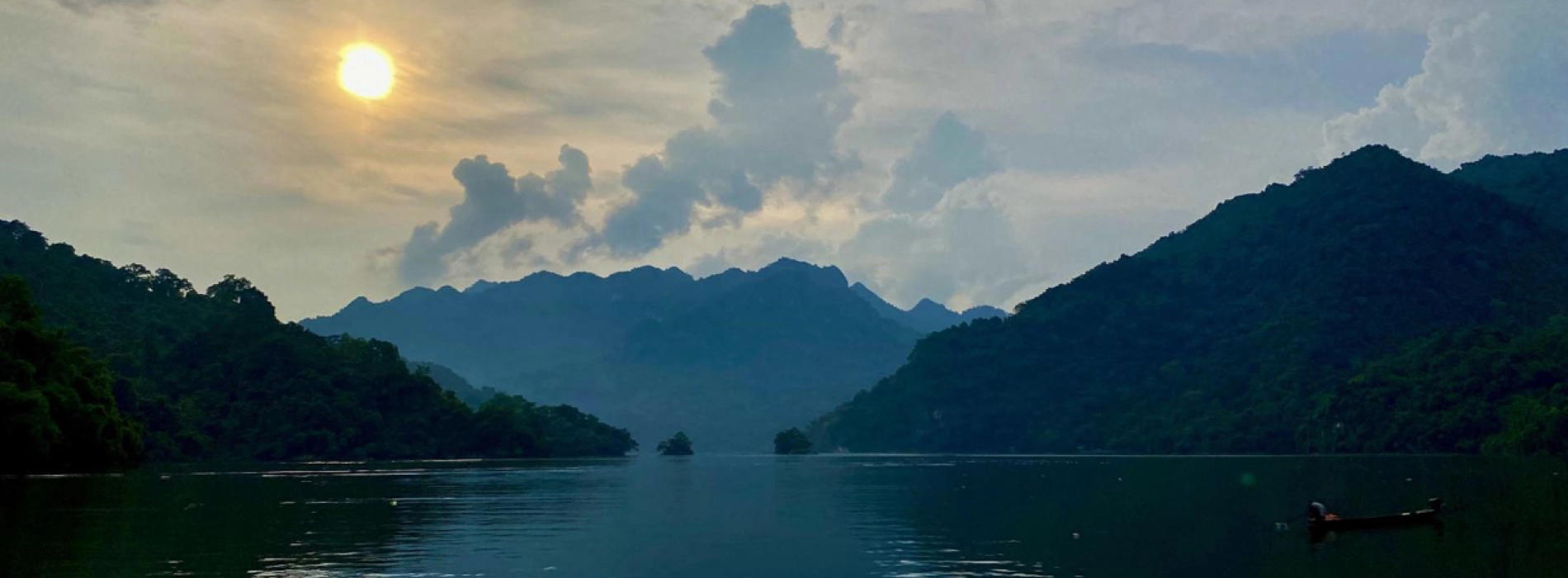Mount Popa is a volcano in central Burma, in the Mandalay region. This mountain is also an ancient shrine and a place of Burmese pilgrimage. Located 50km southeast of Bagan, 1,518 m high, it stands 1,150 m on the surrounding plain. To the south-west of Mount Popa is the TaungKalat, an old 737-meter volcanic chimney, sometimes also called Mount Popa. A Buddhist monastery is at its summit.
According to tradition, Mount Popa is considered the refuge of the 37 Great Nats (spirits) of Burma. Today, it is the most famous place of pilgrimage in the country with regard to the cult of spirits. It is really a beautiful promontory surmounted by a monastery. Its ascent is via a 777 step staircase that leads to the summit from where tourists will have a magnificent view of the Myingyan Plain.
Upon arrival at Mount Popa, tourists contemplate magnificent landscapes, the untouched beauty of the monastery at the top of mountain. In particular, the mountain has many monkeys. With more than 200 streams feeding the rich vegetation growing on the fertile volcanic ash, it is truly an oasis of greenery in the middle of the aridity of central Burma.
Nats worship
Mount Popa is the most important place of pilgrimage for the worship of the Nats - the cult is very venerated by the Burmese. This cult was created in Bagan by King Thinlikyaung (344 - 387) before the introduction of Buddhism in that country. There are officially 37 Nats in the Burmese tradition. The worship aims to appease the wandering souls of those who have been killed. The Burmese create "houses of the spirits" to put an end to their wanderings and thus attract their favor. The Nats become protectors of his village and region. So, the cult of the Nats is very practiced by the Burmese ethnic group in the countryside.
Nowadays, Nats worship and Buddhism coexist in Burma. Altars dedicated to the nats are displayed in Buddhist places of worship and often temples and pagodas host the ceremonies of the Nats.
